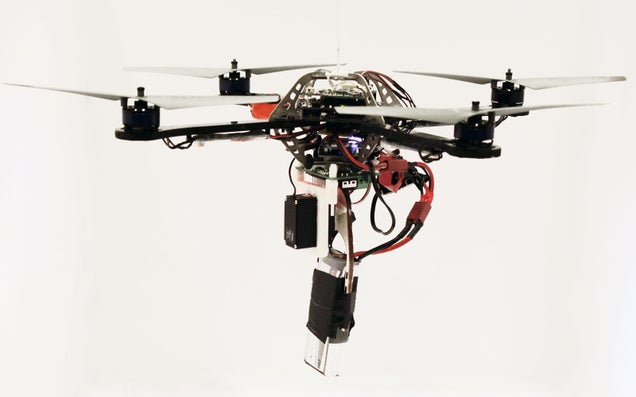After volunteering in the Applied Robotics Lab last summer,
I noticed that robotics was a viable academic interest for me. I added getting
a graduate degree in robotics to my future goals. Before I applied to a good graduate
school, however, I knew that I needed to perform some research related activities
while getting my undergraduate degree. With these thoughts in my head I walked
into Dr. Cook’s office during the fall semester of 2013. Dr. Cook is a very
experienced professor whose experiences and interests fall under robotics and
control systems. With him, we talked about my interests and his experiences and
came up with a project about Unmanned Aerial Vehicles. Initially I worked on the
project from my house but after spring break I moved to Lofaro Labs, the new
robotics lab in the engineering building. Dr. Lofaro, director of the lab, has
also helped me by suggesting additions to the project.
On a weekly basis I set up goals for myself and I try to
complete them before the week ends. To give back to the community I have also
recruited a high school student, Mustafa Bal, to help me during this project.
We usually get together on Saturdays and work on the project together.
Currently it seems like he is convinced in getting an undergraduate degree in
Engineering. Last week I spent more than 20 hours to make an addition to my
current project. I printed plastic micro arms using my friend’s 3d printer and
I configured my onboard computer to control the arms. Using visual servoing
techniques I made the arms point towards a green apple. I have also put up a
page in my website talking about this project (http://www.magcayazi.lofarolabs.com/mmuavarm.html). The experiences that I gained while working on this
project have helped me further define my interests in robotics.




